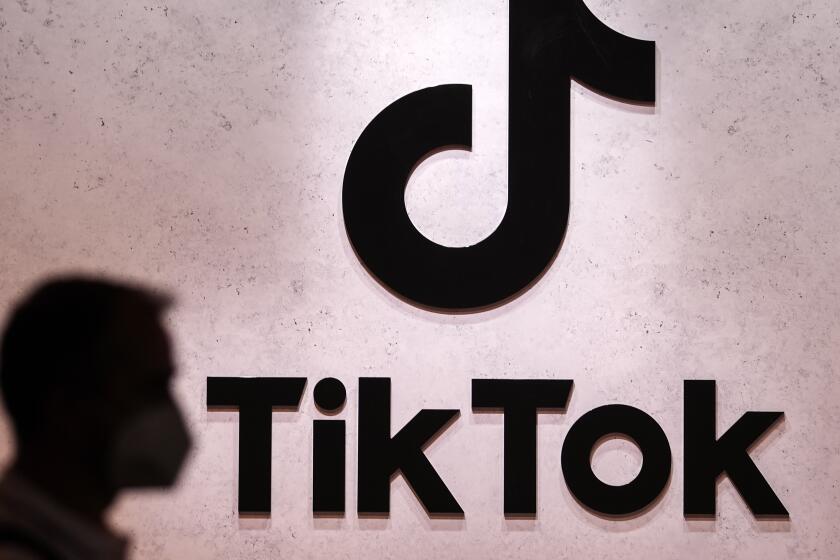Another Nod Toward No-Fault : RAND study faults state’s tort liability system for high auto insurance fees
Every now and then, you’ll read about another crackdown on auto insurance fraud. Typically such a story raises the bile of everyone who feels--perhaps rightly--that he or she is paying far too much for the privilege of driving a vehicle.
To be sure, the staged accident and medical fraud mills are a big problem, but are they the fundamental problem? A recent study by the RAND Institute for Civil Justice says the answer is no. RAND instead faults the perverse incentives in California’s tort liability system.
Under it, accident victims may seek compensation for medical costs plus so-called “general damages,” which are better known as pain and suffering awards. Because that typically encompasses multiple medical costs, RAND suggests there is an incentive to run up costs to get a higher total award from a legitimate accident. According to the study’s author, Stephen J. Carroll, the chief culprits are ordinary citizens and a legal system that rewards exaggeration of injuries.
A new study by the Insurance Research Council using statistics through 1992 also says that more people are making bodily injury claims and that there are “more different kinds of injury per person than in previous years.”
Carroll’s RAND study suggests that nearly two-thirds of the auto injury medical claims of Californians are exaggerated at best and phony at worst. That would mean as much as $3.5 billion in additional insurance premiums. Think of it as adding $200 to $250 to your annual car insurance costs.
Although RAND states that its purpose was not to endorse no-fault, the data points that way. We have long preferred a no-fault system. However, a drawback noted by RAND is that no-fault states typically do not compensate victims for legitimate injuries such as sprains. Maybe the solution for California is a “choice” system (currently in effect in Pennsylvania and New Jersey) that allows insurance purchasers to either waive their tort rights in favor of no-fault or keep them and pay a higher premium. It might work. It’s sure that the current system could be improved.






